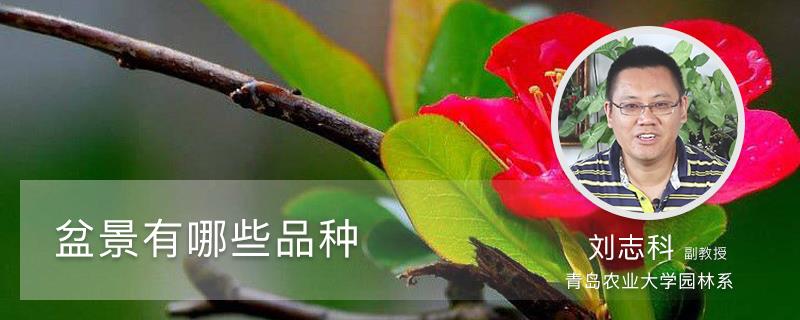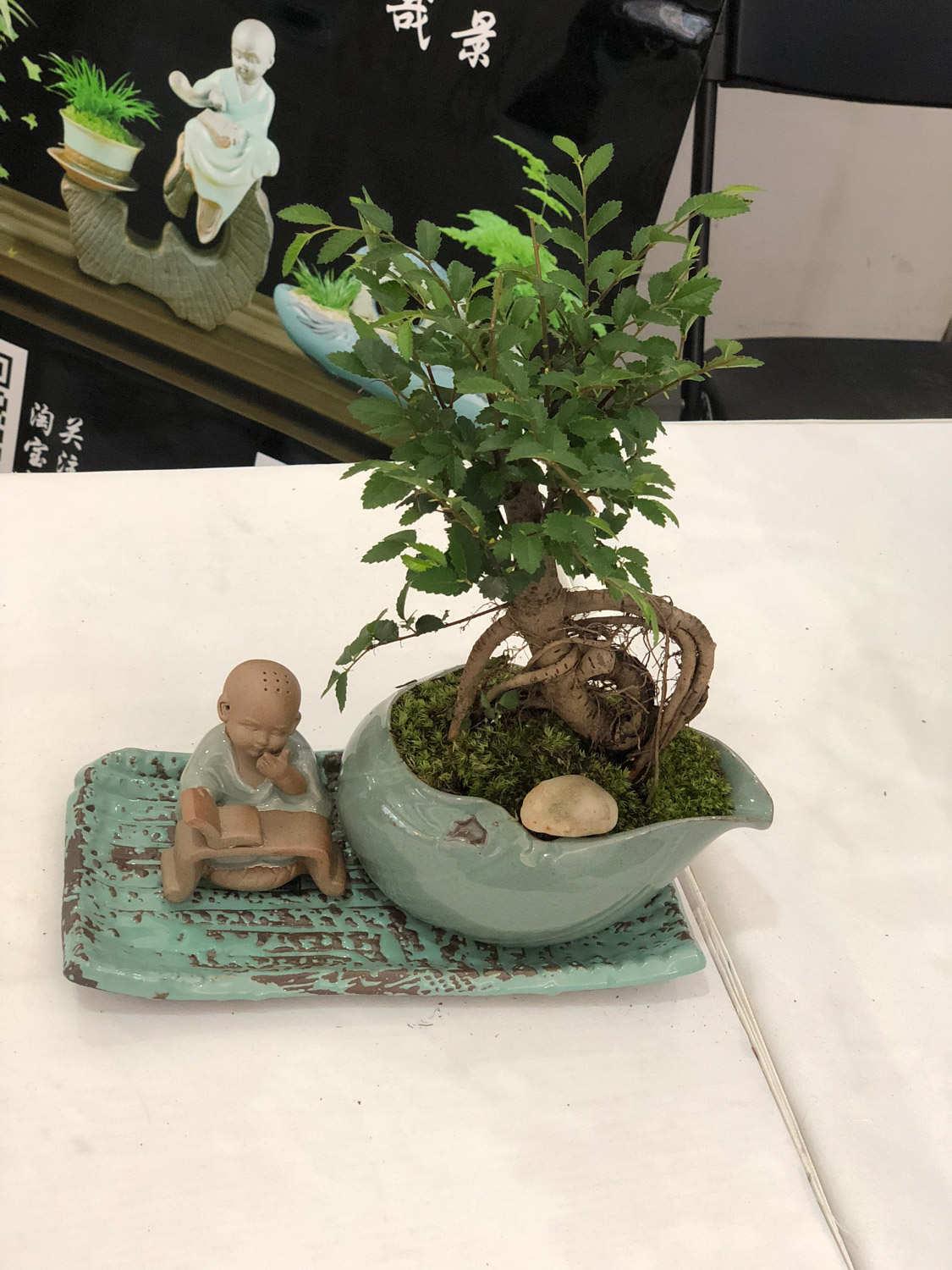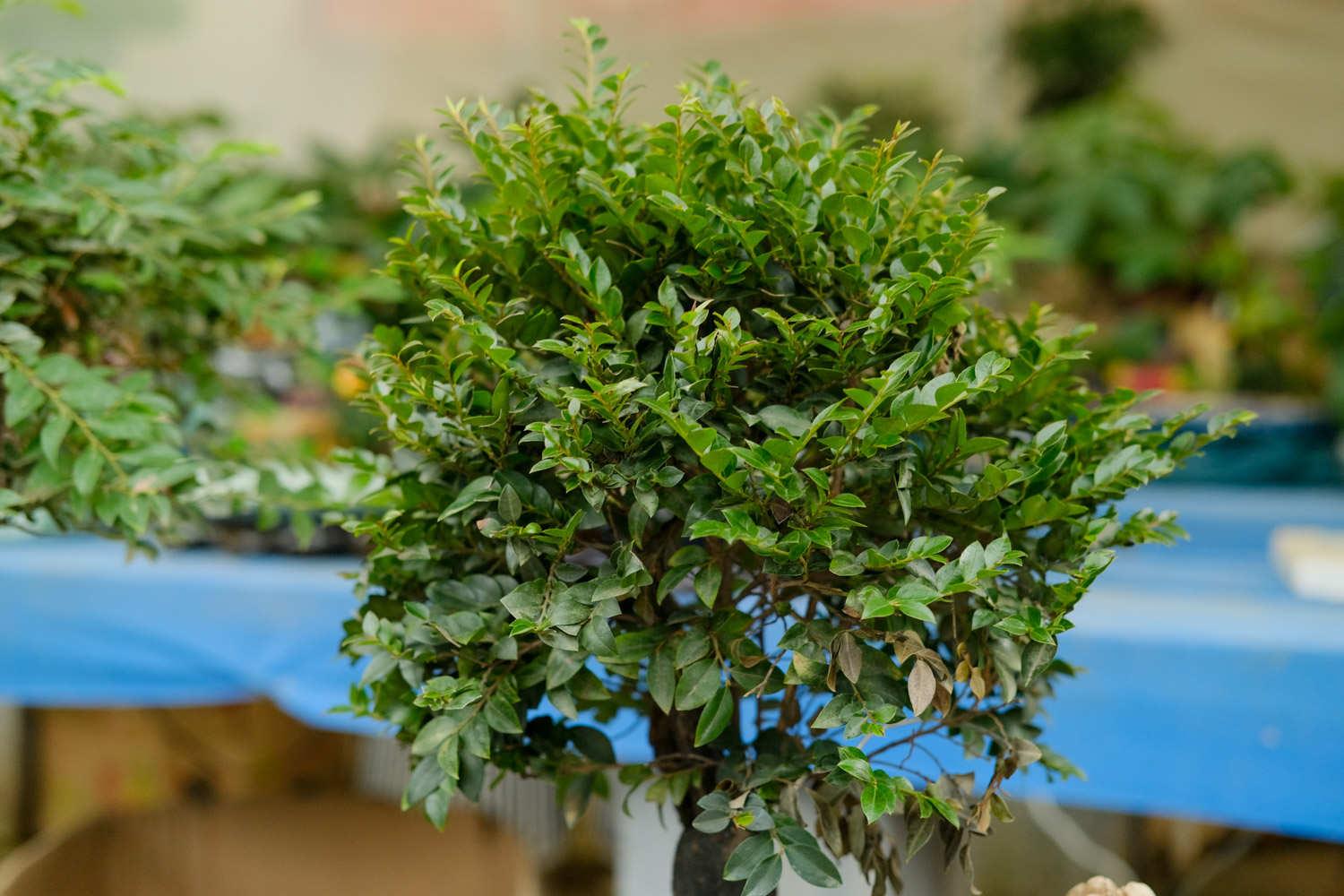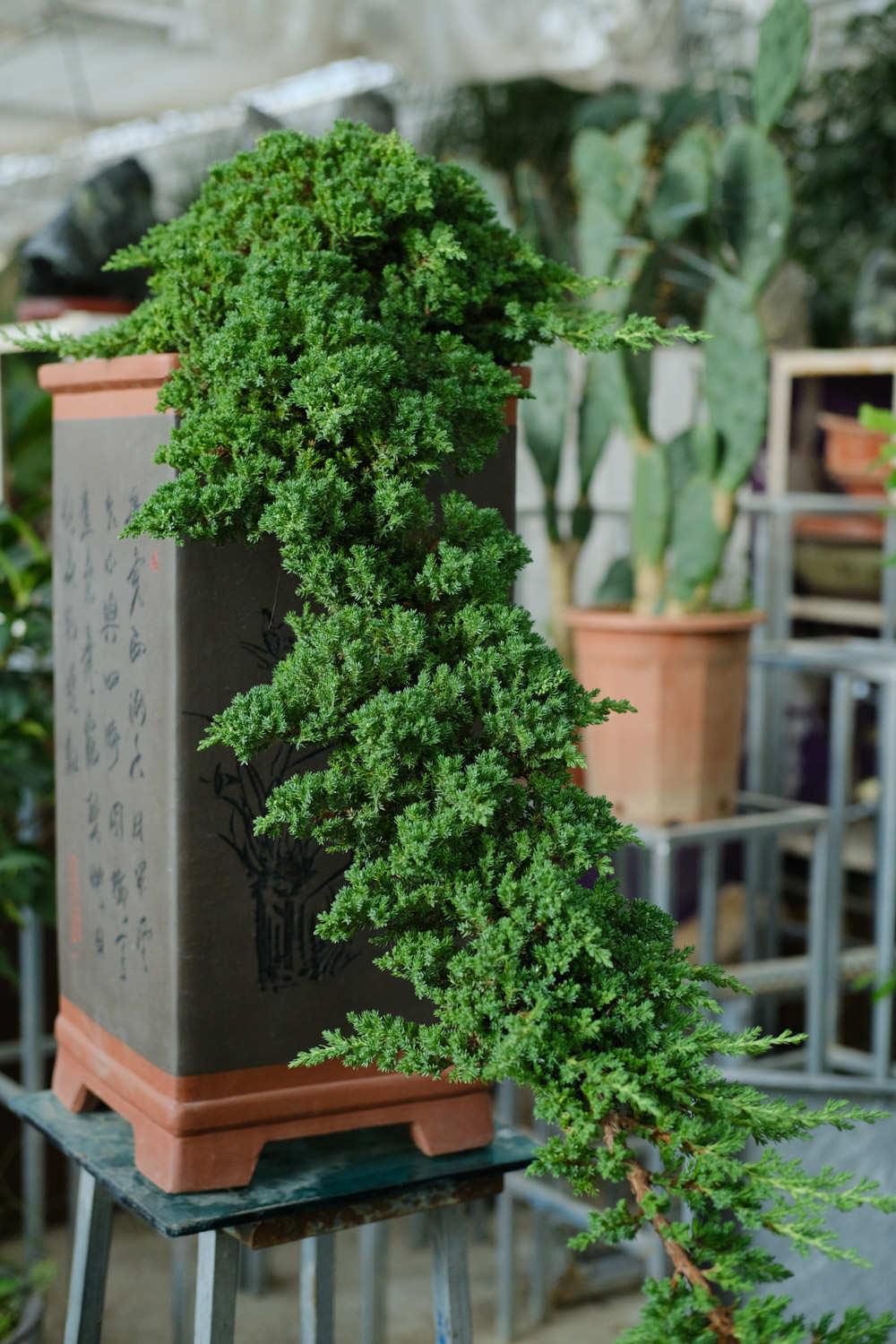What types of bonsai are there?
Last Update :2024.06.02
Article Catalog
There are many varieties of bonsai, and the materials for making them are also quite diverse. Rhododendrons, winter jasmine, and plum blossoms are varieties that can bloom. In addition to ornamental tree stumps, they can also produce beautiful flowers. Boxwood and elm are common trees for bonsai. They have vigorous and powerful shapes and dark green and shiny leaves, which are very suitable for bonsai.

1. Rhododendron
1. Rhododendron
It is a common material used to make bonsais. The bonsais produced are diverse in shape, the colors are also very rich, and they are very unique. They are ideal for placement. A great choice to have at home. When making, first choose a slightly darker flowerpot, and choose the color of the flowerpot according to the desired shape.
2. Winter jasmine
Its flowering period is from February to April. It can be made into bonsai and placed at home, which can bring the feeling of spring early. However, when maintaining it, you need to pay attention to it. It grows very fast and the branches may become too long, so it must be pruned in time to avoid damaging the shape.

3. Plum blossom
It is In addition to being cultivated into bonsais, these very popular flowers can also be made into tree stumps for people to enjoy. After it blooms, it needs to be pruned and shaped. After leaving 2 to 3 buds, remove the rest.
4. Boxwood
It is relatively common in life, and it is not difficult to obtain suitable production materials. Moreover, it has a relatively long vitality and slow growth, so it is very suitable for making bonsai. You just need to adjust it according to your own ideas according to the shape of its growth.

5. Elm
It is also A good choice, the leaves are also pretty and suitable for viewing.

2. Winter jasmine
3. Plum Blossoms
4. Boxwood
5. Elm tree
- END -
Primula cultivation methods and precautions

To cultivate primulas, you can mix leaf mold soil and garden soil at a ratio of 2:...
Cultivation methods and precautions for white-veined peppergrass

Raising white-veined peppergrass requires loose and fertile soil. You can use humu...